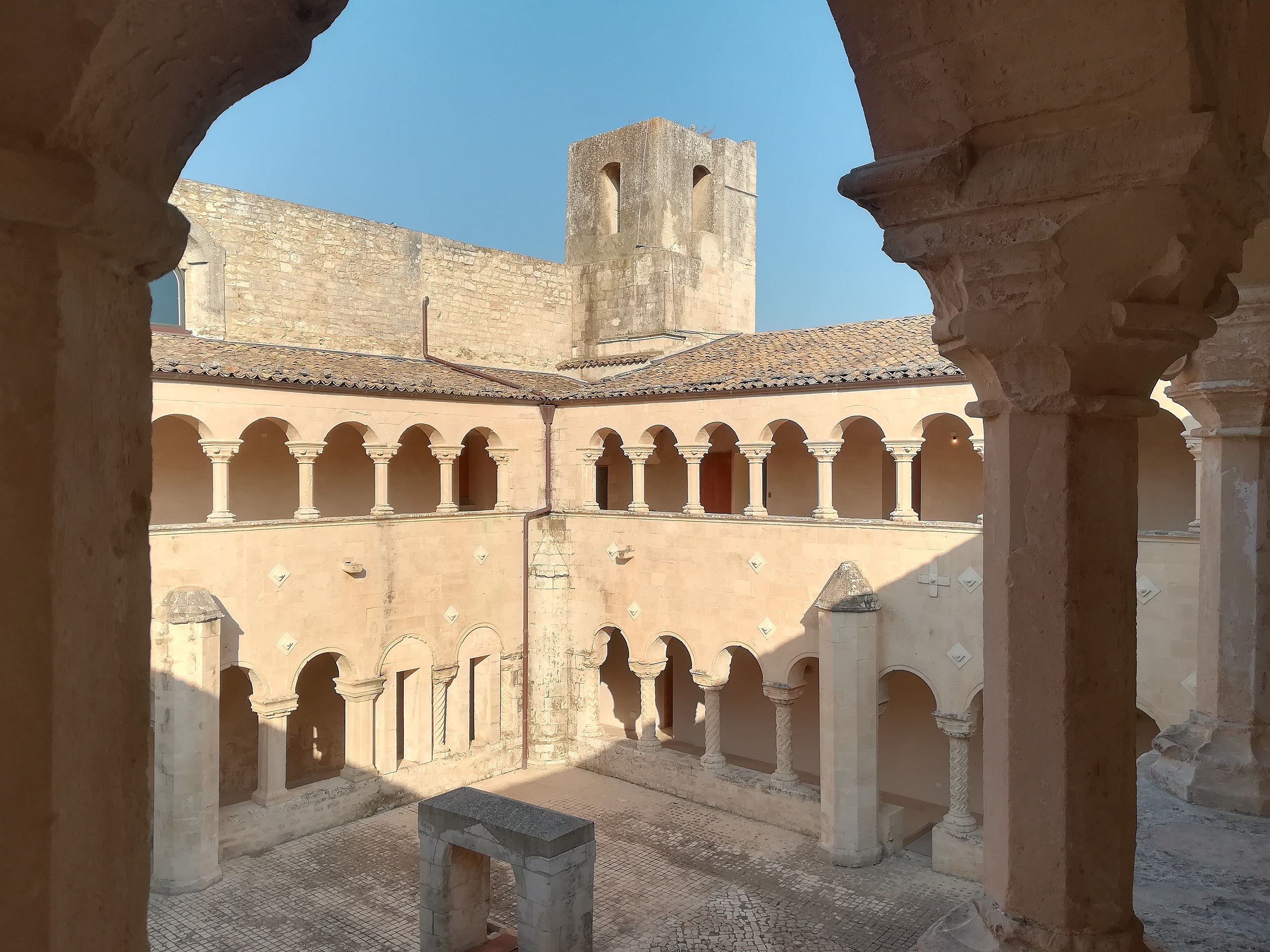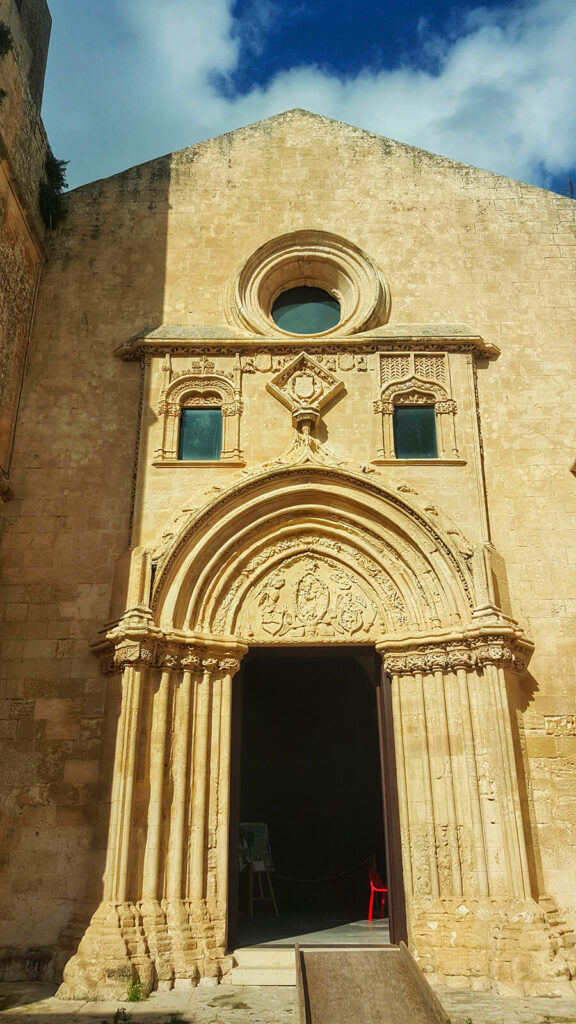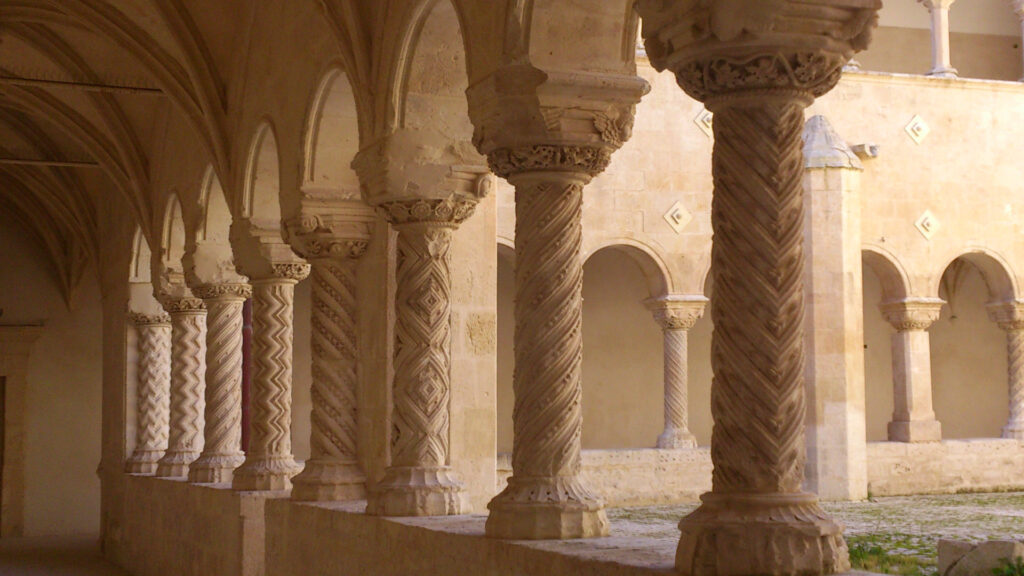
Church Santa Maria del Gesù – Modica
The church of Santa Maria del Gesù in Modica is one of the most important and least known surviving monuments of fifteenth-century Sicilian architecture, together with the adjoining Convent of the Observant Friars Minor.
Its construction is linked to a historical moment of extraordinary economic, cultural and civil flowering for the County of Modica.
In 1478, in fact, when the Minor Observant Franciscan Friars settled in the area, founding the church and the convent and within a few decades, the complex took shape thanks to the conspicuous funding by the counts Federico Enriquez and Anna Cabrera, who through a perpetual legacy that sanctioned their union, also determined a flourishing future.
From its construction until the end of the seventeenth century, the convent was an important seat of studies in philosophy, theology and sacred writing, becoming an important cultural site in south-eastern Sicily. Eminent representatives of Franciscan spirituality and Mediterranean culture lived and worked here, among which the historian Placido Carrafa stands out, the first to trace the history of Modica from its origins to 1651.
In the 17th century, the architectural complex suffered serious damage caused by the earthquakes of 1613 and 1693, due to which decisive interventions followed for the spatial articulation and the internal decoration of the nave and side chapels.
In 1866, following the unification of Italy and the confiscation of ecclesiastical property, the convent was readapted into a prison. This intended use led to important changes to the convent structure and devastating effects for the church which remained abandoned for a long time due to the neglect of time.
Thanks to numerous restoration interventions, elements have emerged that have made it possible to reconstruct the original internal modulation of the church building.
Of singular beauty and workmanship, the facade, which can be dated to the beginning of the 16th century, is characterized by the splayed ogival portal and a sumptuous decoration of plant elements, noble shields and iconography that refer to the Order of Friars Minor. Two elegant single-light windows in Moorish style, different from each other, stand out symmetrically on the sides of the count’s coat of arms. On the string course frame, we find a rose window now reduced to an oculus and coeval with the facade the solid bell tower stands on the left of the façade.
The same ornamental elegance can be found in the double-order cloister from the first twenty years of the 16th century which refers to the Arab-Norman style.

The first order is punctuated by monolithic limestone columns all different from each other, finely decorated in the shafts and capitals and returned to their original beauty despite the profound alteration due to the needs of the prison. The roof presents a modulation of square spans with a cross vault. The second order is characterized by pillars with an octagonal base and a wooden roof.
A hidden beauty not to be missed. Good walk!



